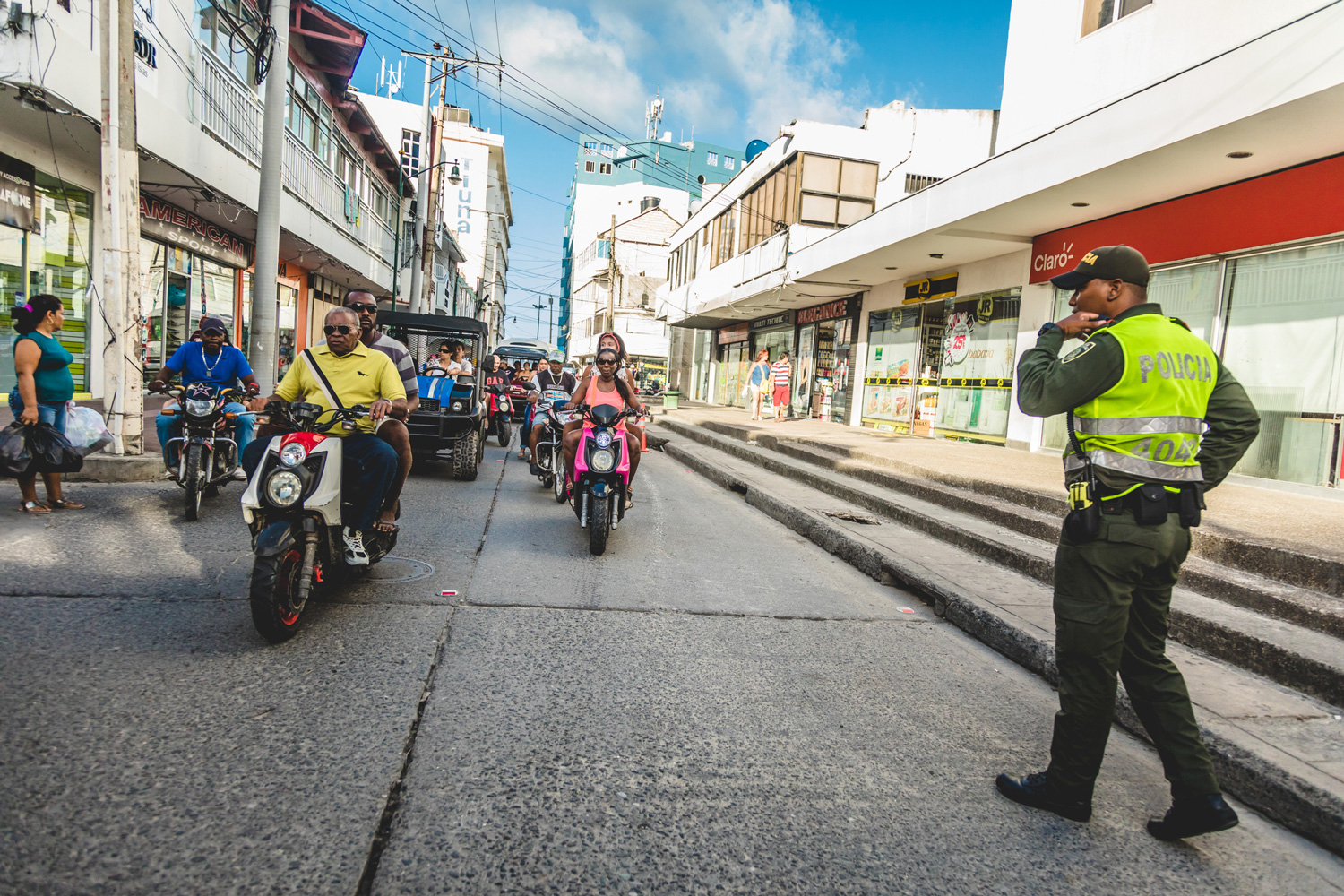The concept of community policing gained wide acclaim in the U.S. when crime dropped drastically during the 1990s. In Chicago, Boston, and elsewhere, police departments established programs to build more local relationships, to better enhance community security. But how well does community policing work in other places? A new multicountry experiment co-led by MIT political scientist Fotini Christia found, perhaps surprisingly, that the policy had no impact in several countries across the Global South, from Africa to South America and Asia.
The results are detailed in a new edited volume, “Crime, Insecurity, and Community Policing: Experiments on Building Trust,” published this week by Cambridge University Press. The editors are Christia, the Ford International Professor of the Social Sciences in MIT’s Department of Political Science, director of the MIT Institute for Data, Systems, and Society, and director of the MIT Sociotechnical Systems Research Center; Graeme Blair of the University of California at Los Angeles; and Jeremy M. Weinstein of Stanford University. MIT News talked to Christia about the project.
Q: What is community policing, and how and where did you study it?
A: The general idea is that community policing, actually connecting the police and the community they are serving in direct ways, is very effective. Many of us have celebrated community policing, and we typically think of the 1990s Chicago and Boston experiences, where community policing was implemented and seen as wildly successful in reducing crime rates, gang violence, and homicide. This model has been broadly exported across the world, even though we don’t have much evidence that it works in contexts that have different resource capacities and institutional footprints.
Our study aims to understand if the hype around community policing is justified by measuring the effects of such policies globally, through field experiments, in six different settings in the Global South. In the same way that MIT’s J-PAL develops field experiments about an array of development interventions, we created programs, in cooperation with local governments, about policing. We studied if it works and how, across very diverse settings, including Uganda and Liberia in Africa, Colombia and Brazil in Latin America, and the Philippines and Pakistan in Asia.
The study, and book, is the result of collaborations with many police agencies. We also highlight how one can work with the police to understand and refine police practices and think very intentionally about all the ethical considerations around such collaborations. The researchers designed the interventions alongside six teams of academics who conducted the experiments, so the book also reflects an interesting experiment in how to put together a collaboration like this.
Q: What did you find?
A: What was fascinating was that we found that locally designed community policing interventions did not generate greater trust or cooperation between citizens and the police, and did not reduce crime in the six regions of the Global South where we carried out our research.
We looked at an array of different measures to evaluate the impact, such as changes in crime victimization, perceptions of police, as well as crime reporting, among others, and did not see any reductions in crime, whether measured in administrative data or in victimization surveys.
The null effects were not driven by concerns of police noncompliance with the intervention, crime displacement, or any heterogeneity in effects across sites, including individual experiences with the police.
Sometimes there is a bias against publishing so-called null results. But because we could show that it wasn’t due to methodological concerns, and because we were able to explain how such changes in resource-constrained environments would have to be preceded by structural reforms, the finding has been received as particularly compelling.
Q: Why did community policing not have an impact in these countries?
A: We felt that it was important to analyze why it doesn’t work. In the book, we highlight three challenges. One involves capacity issues: This is the developing world, and there are low-resource issues to begin with, in terms of the programs police can implement.
The second challenge is the principal-agent problem, the fact that the incentives of the police may not align in this case. For example, a station commander and supervisors may not appreciate the importance of adopting community policing, and line officers might not comply. Agency problems within the police are complex when it comes to mechanisms of accountability, and this may undermine the effectiveness of community policing.
A third challenge we highlight is the fact that, to the communities they serve, the police might not seem separate from the actual government. So, it may not be clear if police are seen as independent institutions acting in the best interest of the citizens.
We faced a lot of pushback when we were first presenting our results. The potential benefits of community policing is a story that resonates with many of us; it’s a narrative suggesting that connecting the police to a community has a significant and substantively positive effect. But the outcome didn’t come as a surprise to people from the Global South. They felt the lack of resources, and potential problems about autonomy and nonalignment, were real.
